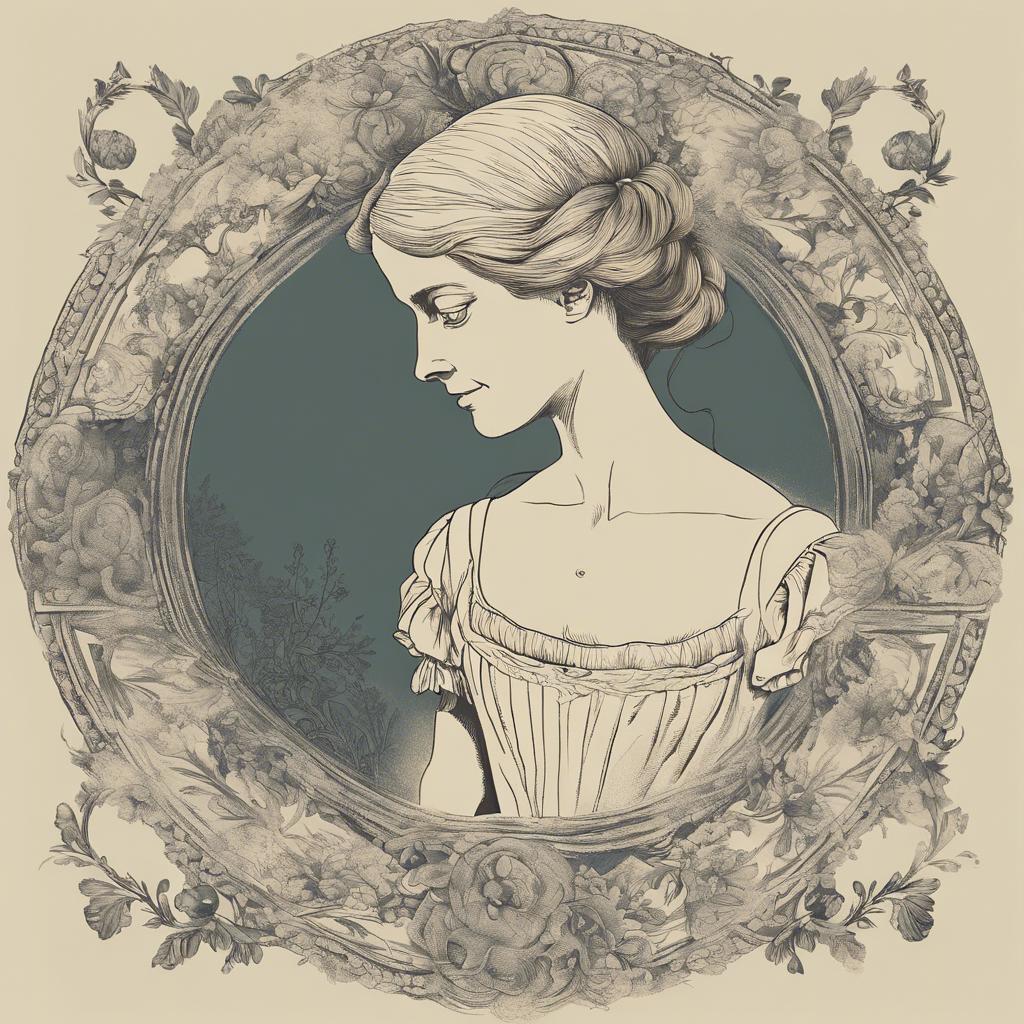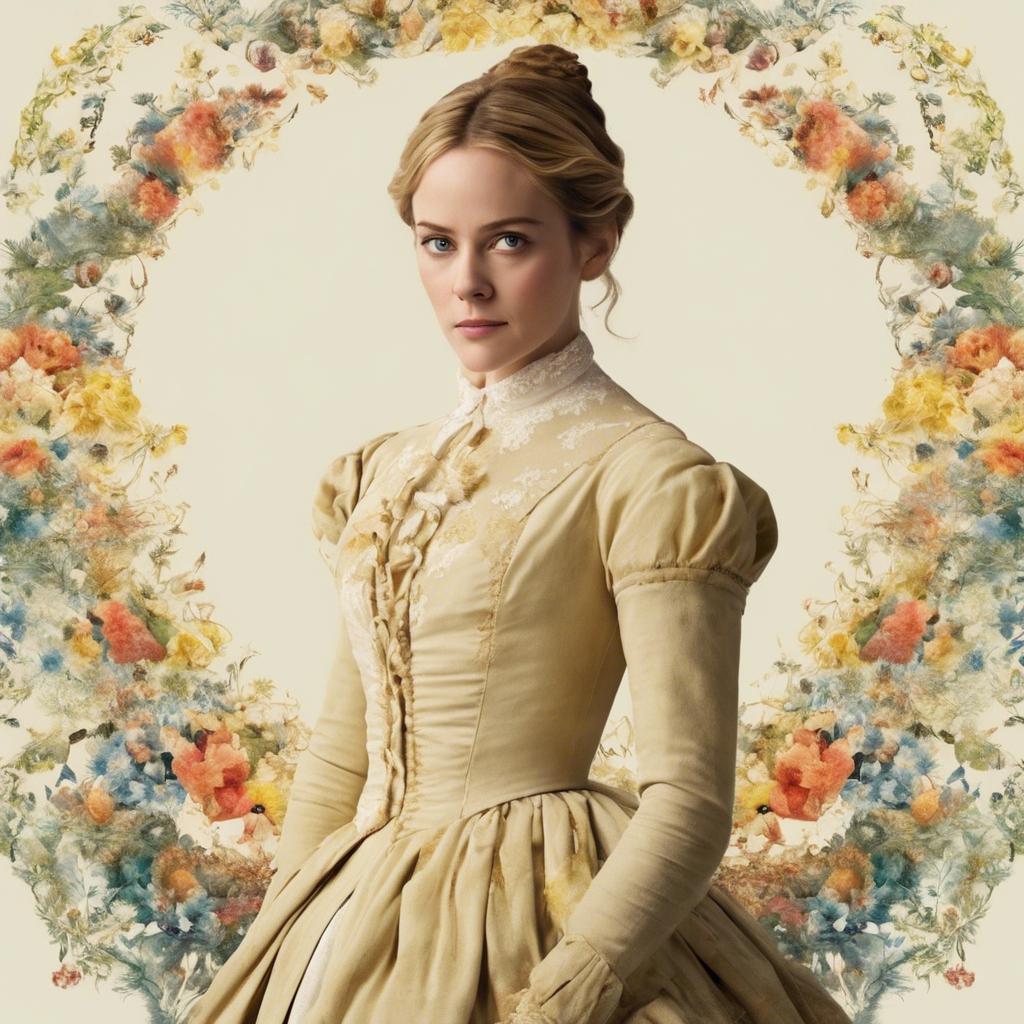In the annals of cinematic history, few adaptations have captured the essence of Jane Austen’s beloved novel “Emma” with the grace and charm of the 1996 film “Emma.” Directed by Douglas McGrath, this cinematic masterpiece brought the complexities of love, social class, and friendship to vibrant life on the silver screen. Join us as we delve into the exquisite world of “Movie Emma” and explore how this timeless classic continues to resonate with audiences over two decades later.
Step Into the World of Cheryl Bolen
Dive into the enchanting stories of love, intrigue, and elegance set in the Regency Era. Cheryl Bolen's novels offer timeless romance and captivating tales that will leave you wanting more.
Explore Cheryl Bolen's Books Now
Emma: A Cinematic Adaptation of Jane Austens Beloved Novel
Emma is a stunning cinematic adaptation of Jane Austen’s beloved novel, bringing to life the vibrant characters and intricate social dynamics of 19th century England. Set against the backdrop of the English countryside, this visually captivating film captures the essence of Austen’s timeless tale of love, class, and self-discovery.
As the story unfolds, viewers are drawn into the world of Emma Woodhouse, a young woman with a penchant for matchmaking and a mischievous spirit. Played with grace and charm by Anya Taylor-Joy, Emma navigates the complexities of friendship and romance with wit and determination. From the elaborate period costumes to the lush cinematography, every detail of the film is meticulously crafted to transport audiences back in time.
With a stellar cast that includes Bill Nighy, Johnny Flynn, and Mia Goth, Emma is a feast for the senses and a delight for fans of Austen’s work. The film’s enchanting score and lush production design provide the perfect backdrop for this timeless story of love and transformation. Whether you’re a devoted Austen aficionado or simply a lover of period dramas, Emma is sure to captivate and enchant audiences of all ages.
Capturing the Regency Era Aesthetic: Set Design and Costumes in Emma
In the film adaptation of Jane Austen’s beloved novel “Emma,” the set design and costumes play a crucial role in capturing the essence of the Regency Era. The meticulous attention to detail in recreating the period setting transports audiences back to early 19th century England, immersing them in a world of elegance and sophistication. From grand estate houses to quaint village shops, every location is carefully crafted to evoke the charm and opulence of the era.
The costumes in “Emma” are a visual feast for the eyes, showcasing the fashion trends of the Regency Era with intricate designs and luxurious fabrics. The characters are dressed in elaborate gowns, tailored suits, and exquisite accessories that reflect the social status and personality of each individual. The vibrant colors, delicate lace, and ornate embellishments bring the characters to life and add depth to their personalities.
The combination of authentic set design and stunning costumes in “Emma” creates a visually captivating experience for viewers, transporting them to a bygone era of romance and tradition. The attention to detail in every aspect of the production truly captures the Regency Era aesthetic, making the film a feast for the eyes and a delight for fans of period dramas.
Character Development and Relationships: Analyzing the Complex Interactions in Emma
In “Emma,” the interactions between characters are rich with complexity, offering a fascinating glimpse into the societal norms and expectations of 19th century England. Emma Woodhouse, the protagonist, is a young woman of privilege who enjoys meddling in the relationships of those around her. Her dynamic with the other characters, particularly her interactions with Mr. Knightley and Harriet Smith, showcase the intricacies of class, social status, and love in this period drama.
The relationship between Emma and Mr. Knightley is central to the plot of the film, as they navigate their feelings for each other amidst misunderstandings and societal pressures. Their banter and playful exchanges reveal a deep connection built on mutual respect and understanding. Through their interactions, the audience witnesses the evolution of their relationship from friendship to romantic love, culminating in a well-earned happily ever after.
On the other hand, Emma’s interactions with Harriet Smith highlight the complexities of friendship and influence. As Emma takes Harriet under her wing, she inadvertently shapes her friend’s destiny, leading to both heartache and growth. The power dynamics at play in their relationship underscore the challenges of navigating social hierarchies and personal desires in a world where appearances are everything. Ultimately, the nuanced interactions between Emma, Mr. Knightley, and Harriet offer a compelling exploration of character development and relationships in this timeless tale.
Emma: A Timeless Classic with a Modern Twist
Emma is a timeless classic that has been adapted into countless movies and TV shows over the years. However, the latest adaptation brings a modern twist to this beloved story. Set in the picturesque English countryside, this new take on Emma introduces a fresh perspective on the trials and tribulations of the protagonist.
This modern version of Emma stays true to the original storyline while infusing it with a contemporary flair. The film captures the essence of Jane Austen’s wit and charm, while also addressing relevant issues facing women today. With a talented cast and stunning visuals, this adaptation is sure to captivate audiences of all ages.
From the lavish costumes to the opulent settings, every detail in Emma is meticulously crafted to transport viewers back in time. The film’s modern twist adds a layer of intrigue and excitement, making it a must-see for fans of period dramas and romantic comedies alike. Prepare to be enchanted by Emma in a whole new light.
The Way Forward
“Movie Emma” stands as a testament to the enduring popularity of Jane Austen’s beloved novel. Through countless adaptations and interpretations, this timeless story continues to captivate audiences with its wit, charm, and social commentary. As we reflect on the evolution of “Emma” on the silver screen, we are reminded of the power of storytelling to transcend time and culture, and to resonate with audiences across generations. As we eagerly anticipate future adaptations of this classic tale, we are reminded of the enduring legacy of Jane Austen and the enduring appeal of her timeless heroine, Emma Woodhouse.


